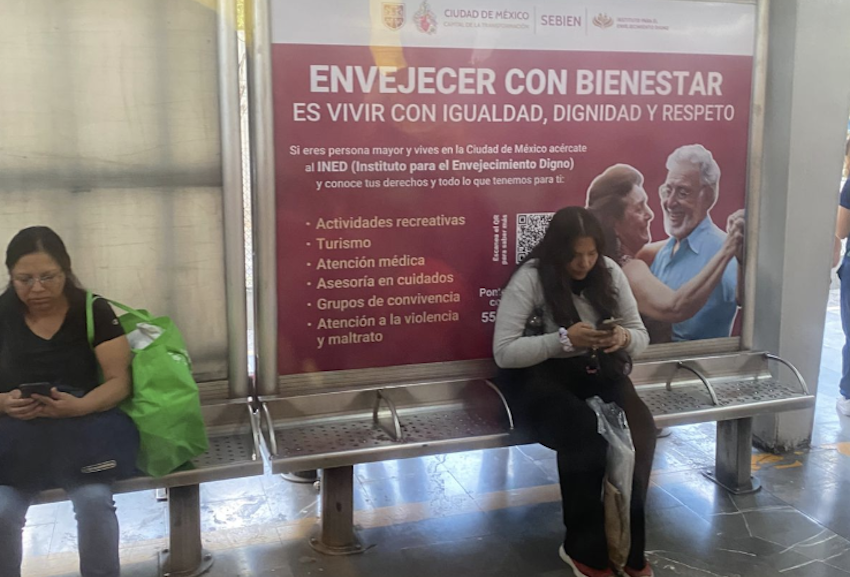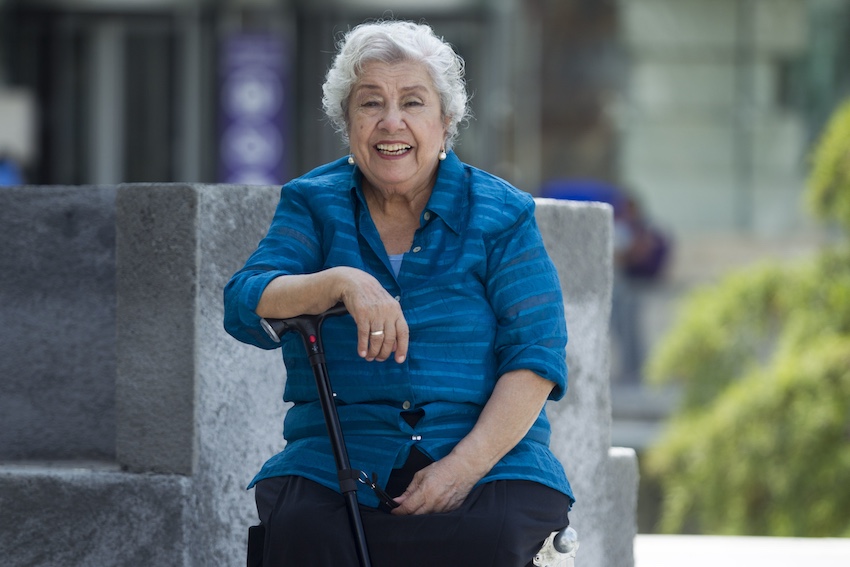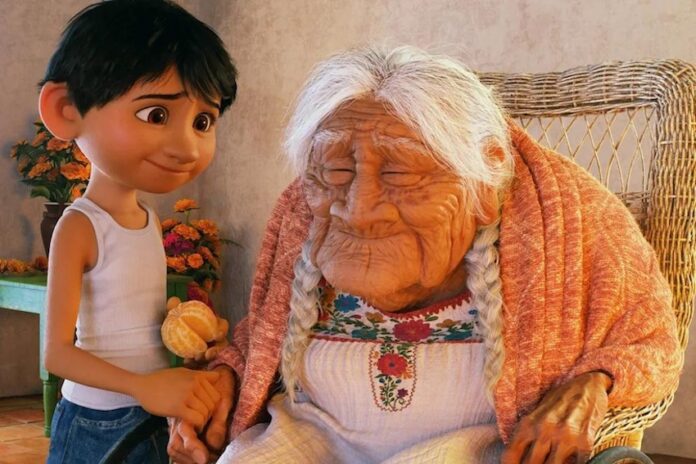For Día de los Muertos 2024, I was in Mérida, Mexico — that fascinating city where old-world mansions and Mexican culture collide. The parade, set amongst limestone colonial facades and bustling cafés, was appropriately otherworldly. Oversized devils and demons danced through the streets. Gallant skeletons and costumed monsters turned nightmares into fantasy and excitement under the darkened skies.
What caught my attention most however, was another group in the parade. Not monsters, but beautifully dressed elderly individuals in traditional garb — women in spectacular embroidered dresses gracefully swishing their skirts, men gallant and gentlemanly, all elegantly holding candles and engaged in a synchronized dance. I was mesmerized. The wizened dancers were beautiful to behold. They were dignified, almost luminous. Seeing their beauty and respectful inclusion in the day’s events made me wonder about cultural differences — the perception of aging, the treatment of the elderly. And what does it mean when, in America, Nana is sent to a nursing home while, in Mexico, Abuelita performs a vital role for a very long time in her family unit?

Perceptions of aging: U.S. vs Mexico
There is, at its heart, a cultural difference in how aging itself, is seen in Mexico versus the United States. In the U.S, aging is something to resist or conceal: wrinkles are “problems,” old age is synonymous with fragility. In Mexico, the language itself reflects a different value system. Spanish speakers use the expression “más grande” (literally “bigger” or “greater”) to describe someone older, suggesting stature, growth, and respect rather than decline. There is an inherent message built into this expression — one that starkly differs from the English language expression “older. These linguistic differences are the initial window into the perception of elders and aging in Mexico versus the US.
Nursing home vs family home
The statistics alone reveal a profound cultural divide. Nursing homes in the United States house over 1.3 million residents, representing 2.3% of the population over 60 (Statista, 2014). In Mexico, that figure plummets to just 25,357 residents, a mere 0.16% of the elderly population. This isn’t simply about economic considerations in elder care; it’s about fundamentally different approaches to aging within society.
In Mexico, the elderly aren’t just dependents awaiting care — they perform crucial functions within the household. A 2012 study on caregiving and elderly health in Mexico revealed that Mexican elderly contribute both economically (through pension contribution to the househand) and socially. Many remain active in households, either through domestic tasks or helping care for grandchildren. The data shows that while some elderly require support with activities of daily living (basic self-care tasks like bathing and eating) and instrumental activities of daily living (more complex tasks like managing finances and transportation), others remain independent and contribute to family well-being.
Interestingly, the study also found that care from daughters, significantly reduced the probability of death and slowed decline in functional ability. Sons’ care showed no statistically significant protective effect, highlighting the gendered nature of effective eldercare.

The implications are complex. Families — especially daughters — play a central role in supporting elderly health in Mexico and this informal care demonstrably saves lives. However, relying on informal care can reduce public costs but may create economic and emotional burdens for caregivers, potentially affecting their labor force participation and well-being. Informal care in Mexico, particularly from daughters, improves elderly survival and functional health, but the gendered burden on caregivers raises important social and policy concerns.
Elderly depictions in Mexican literature
In Mexican literature, abuelas are often portrayed as matriarchs and cultural guardians, — preserving family traditions, rituals, and memory — while embodying both nurturing and restrictive roles. These roles are often shaped by patriarchal systems, as in “Like Water for Chocolate” by Laura Esquivel, where Mama Elena enforces strict family rules with an iron fist. They are keepers of history and tradition; bringers of healing and wisdom.
Abuelos, by contrast, appear as gentle mentors and storytellers, guiding younger generations with patience and lived experience. In “Dear Abuelo” by Grecia Huesca Dominguez, the grandfather is a comforting figure who represents home and continuity between tradition and the present. In some works, however, elderly men are cast as solitary or enigmatic.
Across Mexican and broader Hispanic literature, abuelos and abuelas embody cultural preservation, familial authority, and intergenerational continuity. Aging is portrayed with complexity and respect. In contrast, Anglo-American literature takes a more individualistic bent, with grandparents highlighted for quirks or companionship rather than cultural gatekeeping — think Grandpa Joe in Roald Dahl’s Charlie and the Chocolate Factory.
A bridge between the living and the afterlife
The U.S. might view aging as decline; Mexico often views it as continuity. The difference is not just in how people age, but in how they are seen, respected and integrated into the living fabric of community. Día de los Muertos itself exemplifies respect for elders — living and departed. Ancestors are honored as sacred, continuing to participate in family life through ofrendas, food, and ritual. The holiday also serves as a metaphor for the elderly in Mexican culture — as essential participants in a living tradition, carriers of ritual, culture and tradition. Ancestors are sacred, death embraced rather than hidden, and elders stand as bridges between past and present, the living and the dead.
Monica Belot is a writer, researcher, strategist and adjunct professor at Parsons School of Design in New York City, where she teaches in the Strategic Design & Management Program. Splitting her time between NYC and Mexico City, where she resides with her naughty silver labrador puppy Atlas, Monica writes about topics spanning everything from the human experience to travel and design research. Follow her varied scribbles on Medium at medium.com/@monicabelot.
